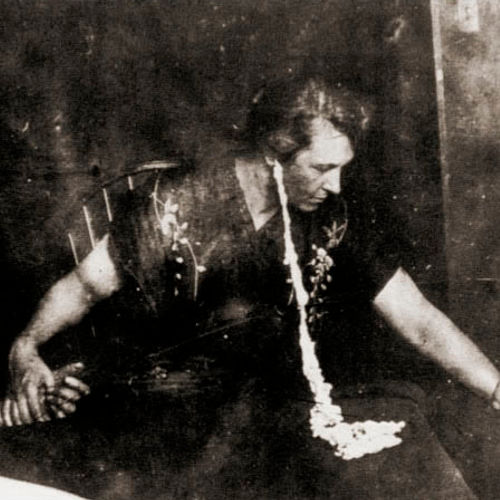
| Added | Thu, 09/02/2017 |
| Hierarchy | |
| Область распространения | All over the world |
| Характерные признаки |
→
→
→
|
| Sources | Конан-Дойль Артур "История Спиритизма" 1998г.
|
It is believed that spiritualism appeared in 1848. This belief in the reality of posthumous life and the possibility of communicating with the spirits of the dead through mediums quickly gained popularity and developed into a religious and philosophical trend. One of the important abilities of the medium of those times, along with psychokinesis and levitation, was considered materialization, that is, the manifestation in his presence of extraneous living matter formed from ectoplasm.
It was believed that ectoplasm (from other-Greek. ἐκτός "outside" and πλάσμα "something formed") It is a viscous substance of mysterious origin, which is released through the nose, ears and other parts of the medium's body. This is the concentration of psychic energy of the medium, which is the basis for the materialization of the spirit.
According to eyewitnesses, this energetically saturated substance is a liquid or even a milky-white vapor with a pungent smell of ozone, a dense dough-like mass or even something similar to a thin cloth or gauze.
According to mediums, ectoplasm absolutely does not tolerate bright light, as well as any contacts. Therefore, it is necessary to conduct sessions only in a semi-dark room. If anyone tries to touch it, turn on a light, or make a sudden movement, it is immediately drawn back into the medium's body.
At the same time, it is believed that ectoplasm is able to repeat the texture of meterializable things - suit fabrics, helmet metal, etc. According to external signs, ectoplasm has many similarities with <span>angel hair</span>.
Opinions were divided in the scientific world of that time. Proponents of spiritualism believed that materialization is real, and represents psychic energy that appears due to the influence of spirits on the mind and nervous system of the medium.
Skeptics point out that a significant part of the reports concerning the appearance of this substance refers to the sessions of the XIX century, conducted without observing minimal control by independent observers. Later, when the methods of control became tougher, reports of numerous spiritualistic hoaxes began to appear, including those associated with the appearance of ectoplasm.
For example, in the Encyclopedia of Ghosts and Spirits Rosemary Ellen Guili was pointed out:
The analysis of ectoplasmic fragments aroused suspicion. Several critics announced that the substance was either chewed paper, gauze, or other fabric, probably regurgitated, or even animal tissues. Bero's ectoplasm was most likely paper. And biologists from Harvard discovered that the pseudopod Crandon was an animal's lung, carved so that it resembled a hand.
The magician Harry Houdini, who tried to expose the spiritualists, once remarked that he could not imagine that the Lord would allow the appearance of such a disgusting substance from the human body.
In the XX century, ectoplasm was studied in detail by specialists in the observation of mental phenomena. It is known that fraudulent mediums isolated ectoplasm made from strips of muslin, a mixture of soap, gelatin and egg whites.
In fact, you don't need to take the skeptics' word for it. It is enough to look at the photos of the alleged ectoplasm and draw conclusions on your own.
Phenomenon in mass culture
Related versions
Related facts
Related articles
Log in or register to post comments

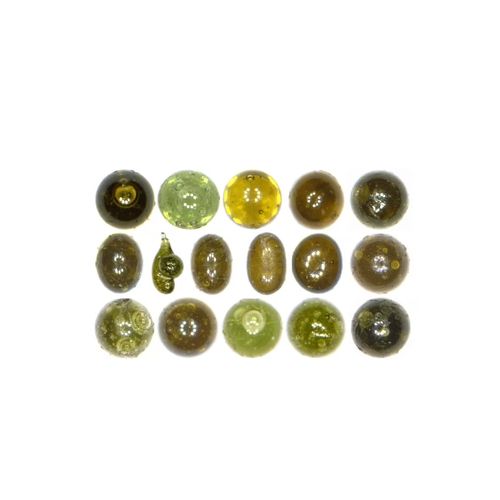


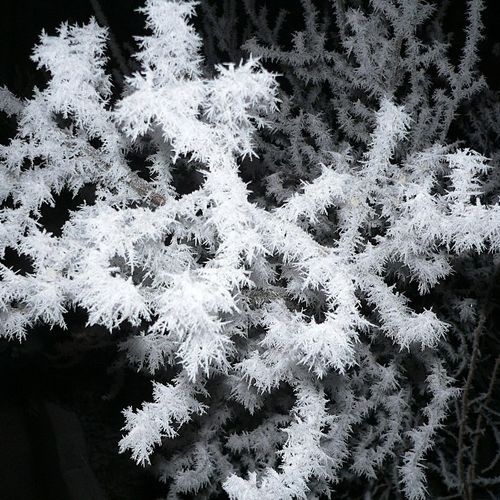
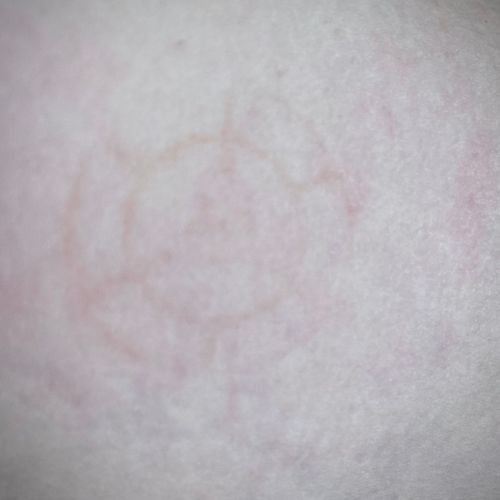
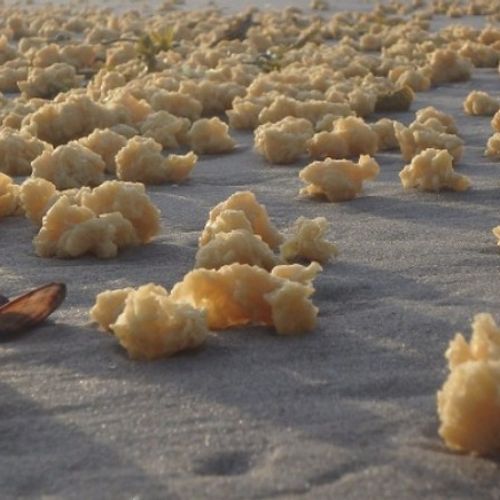

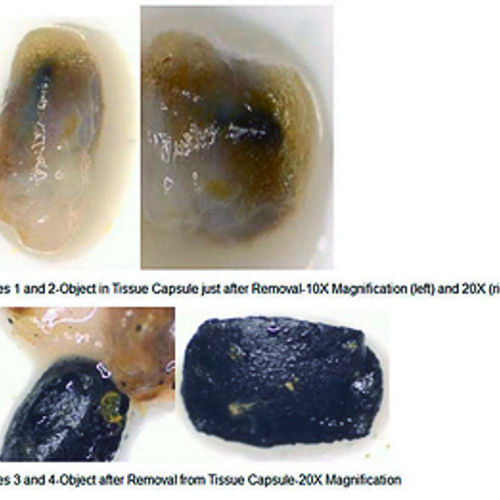

In this article author expresses his opinion and is not intended to offend or tarnish someone. Constructive discussion of the content of the article is encouraged. Not essential comments will be ignored. Comments that bear the offensive, as well as containing pornography, advertising and promotion (political, religious, etc.) are not permitted and will be removed by administrtation.
Comments
Песни, что растворяются в море слез – Андрей Вебер